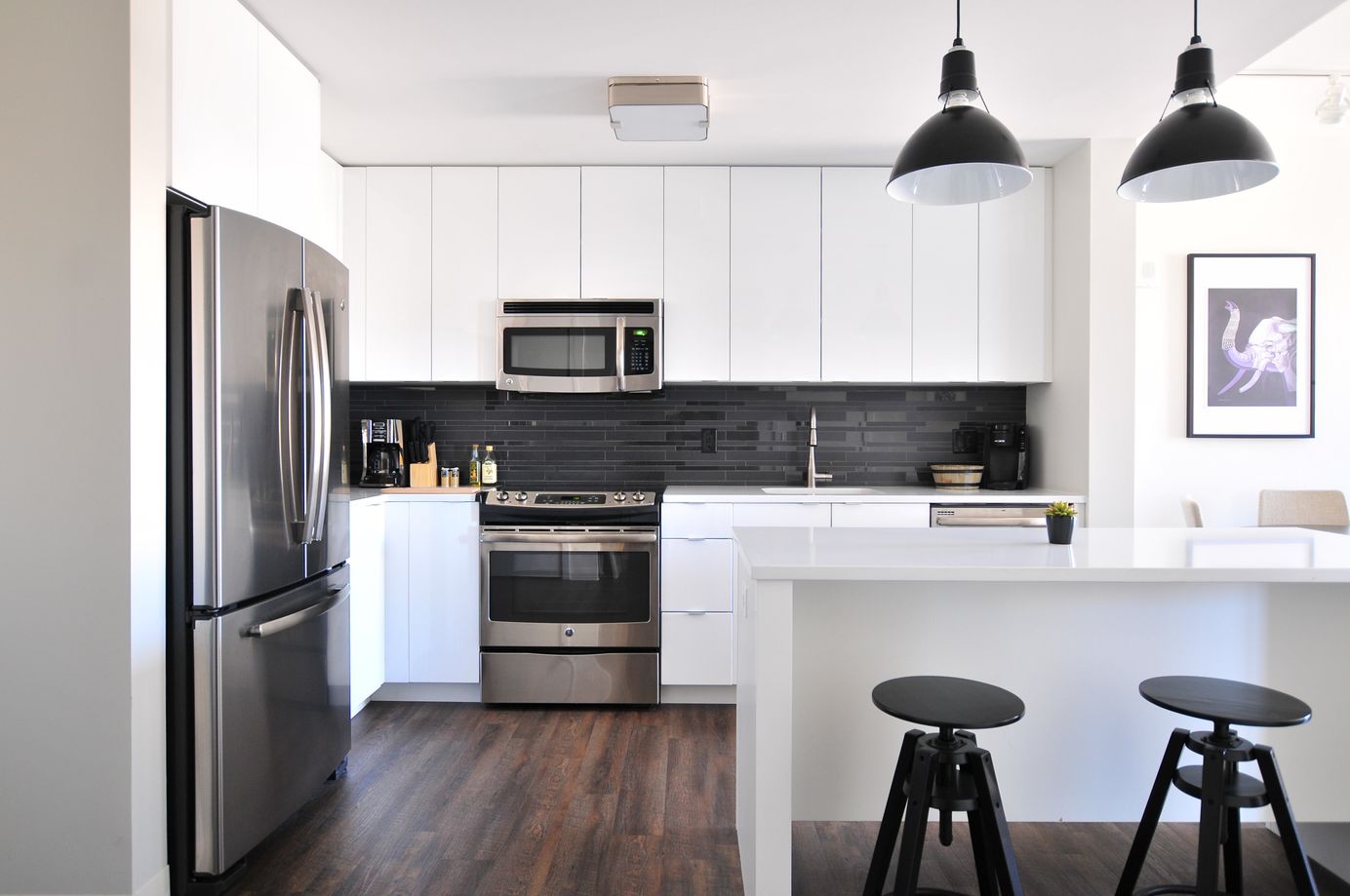
What Is Considered Normal Wear and Tear?
What defines normal wear and tear versus damages in a rental unit?
When conducting a move-out inspection, the hope is usually that the unit will be in the same condition as it was when the tenant moved in. The reality is a little different. Even if there are no damages, there may be standard wear and tear.
What is wear and tear?
Wear and tear is the normal deterioration that occurs over time in a home. Paint, carpet, and appliances all have a natural lifespan. Over the course of several years, there may be chips, dents, worn patches, or replacement parts needed. These small repairs tend to fall under wear and tear.
How is wear and tear different from damages?
Wear and tear is a natural occurrence over time. Damages are the result of a tenant’s actions or negligence. For example, a small section of worn carpet would be considered wear and tear. Ripped or soiled carpet would be considered damages.
Why is it important to distinguish?
Landlords are responsible for covering any repairs due to normal wear and tear, while tenants are responsible for covering repairs due to damages. The money to repair damages is usually deducted from a tenant’s security deposit.
Related: How to Get Your Security Deposit Back
How can you distinguish damages from wear and tear?
The following chart gives some examples of each situation.
| Normal Wear and Tear | Excessive Damages |
|---|---|
| Worn or faded carpet | Ripped or torn carpet |
| Lightly scuffed walls, small dents | Large dents or holes in walls, unauthorized paint colors |
| Chipped cabinet corners, scratched surface | Gouges, dents, cabinet doors unhinged |
| Dirty grout, hairline cracks in titles | Major chips, large cracks, or missing tiles |
| Scuffed wood floors | Dented and scraped floors |
| Dirty or dusty blinds | Bent or broken blinds that don't open or close |
| Watermarks on fixtures | Rusted or missing fixtures |
| Dirty window screens | Torn, loose, or missing screens |
| Door warped from humidity | Door torn off hinges |
When conducting the move-out inspection, remember that not everything will be exactly as it was on Day 1. Some minor wear and tear is common; when it becomes more extreme, it can be considered damage and deducted from the tenant’s security deposit.
Keep in mind that different amenities and features in your unit have a natural lifespan. It would be unfair to make whichever tenant you have at the time pay for the expense. Below are some suggested time frames to consider.
| Feature | Lifespan |
|---|---|
| Carpet | 5-10 years |
| Paint | 2-4 years |
| Stove | 15 years |
| Refrigerator | 12-15 years |
| Washing machine | 10-12 years |
| Dishwasher | 9-11 years |
While these are suggestions, it may be helpful to have a ballpark figure. This way, you won’t be surprised if your “new” washing machine breaks down ten years later. Tenants will also appreciate having their landlord know when to make updates to the unit.
Learn More: Is a Landlord Responsible for Mold, Lead Paint, and Asbestos?
Final Word
Knowing how to distinguish wear and tear from damages is important for both landlords and tenants. Tenants should aim to take care of the apartment and not make any major changes (like new paint colors) without the landlord’s approval. Landlords should recognize that they will need to bear some cost each time they turn over a unit.
Keeping good documentation (including photos) is key for determining how much of the security deposit to return. Landlords looking for a place to store photos, collect rent, and chat with tenants can check out Tellus, the free app for property management available on the App Store and Play Store.
Read More: Beginner's Guide to Real Estate Photography








